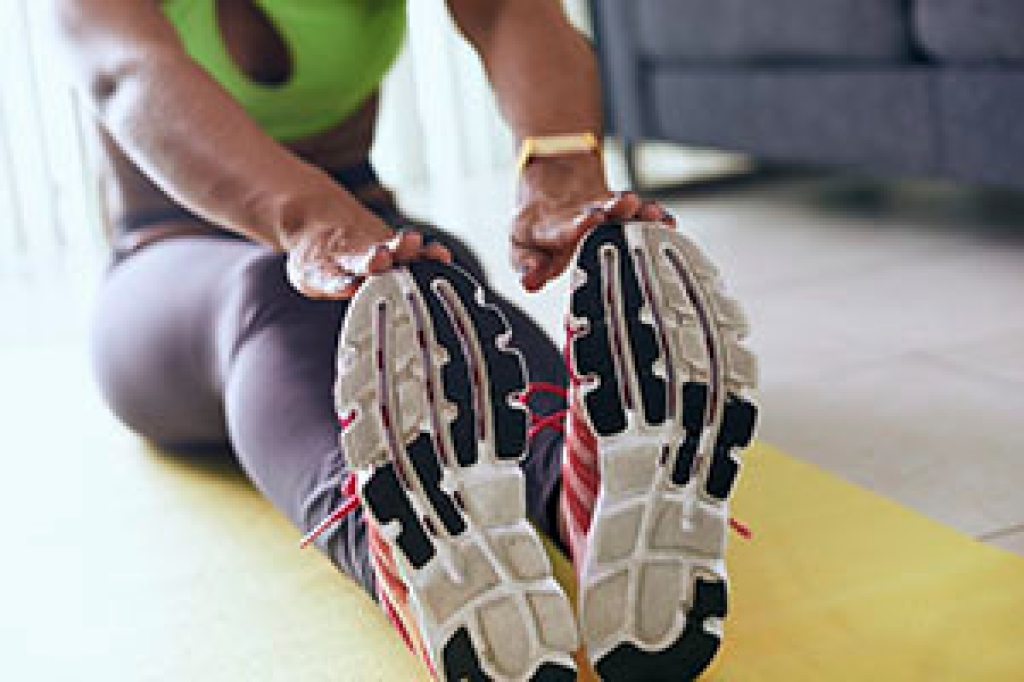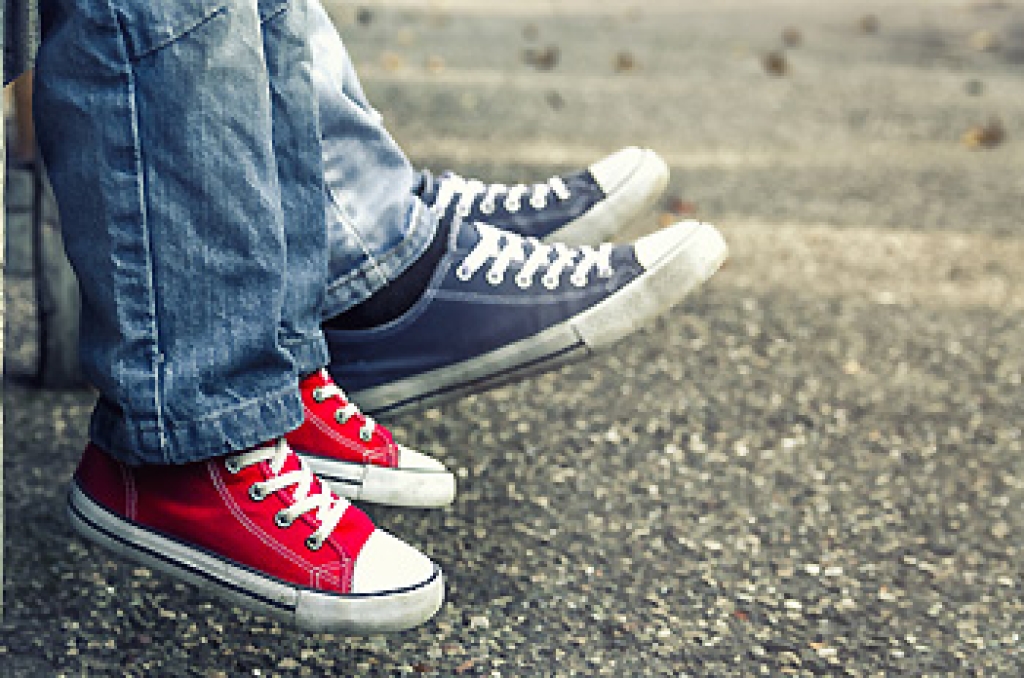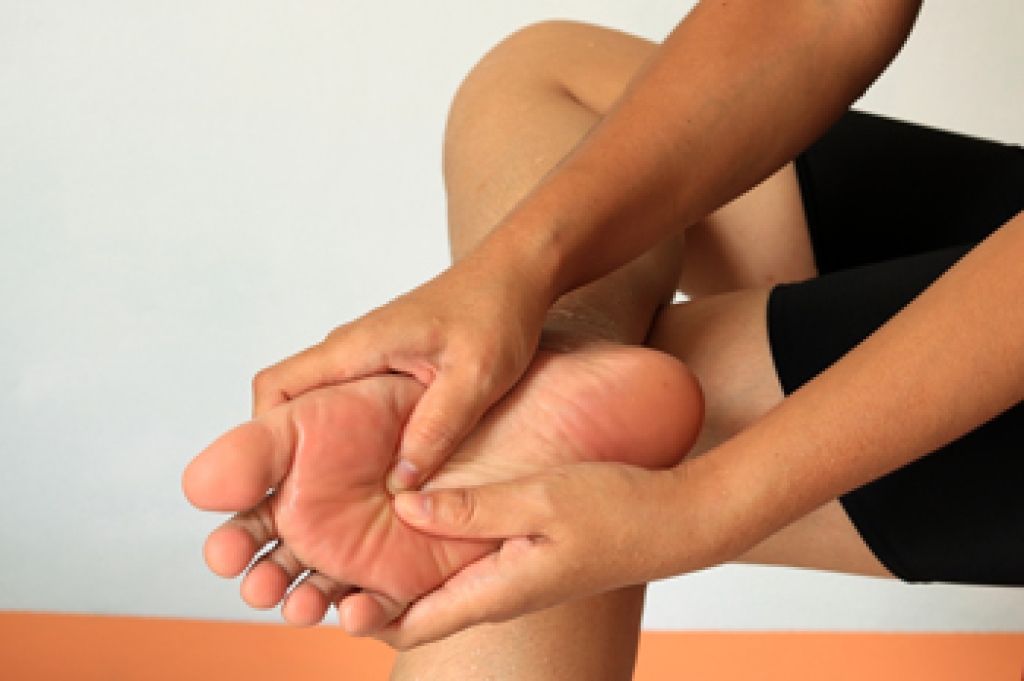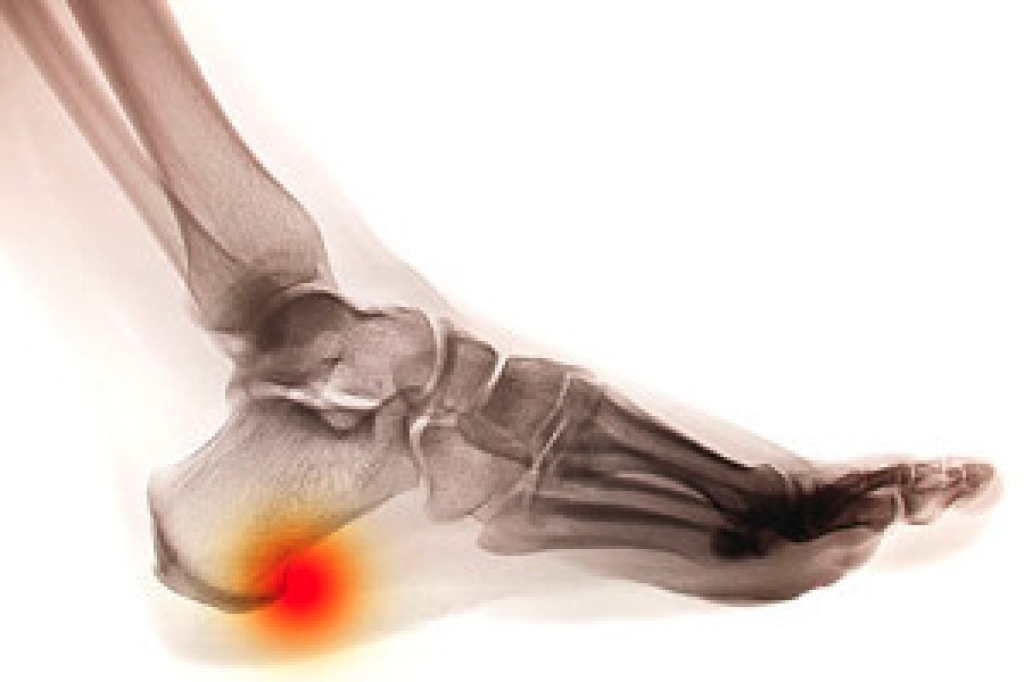
Lansdowne, PA
(610) 626-3338

Lansdowne, PA
(610) 626-3338
 Many patients who enjoy the sport of running are often aware of the importance of preventing running injuries. When strength training and stretching techniques are frequently practiced, the likelihood of getting a running injury may be reduced. Research has indicated it is beneficial to warm up before and after running, and this can help to improve range of motion. This includes stretching the upper body, which may help to reduce existing weak spots. Many running injuries can be prevented when the time and mileage is gradually increased, and this can give the body time to adapt to successfully complete a training program. If you would like additional information how running injuries can affect the feet and how to avoid them, it is advised that you consult with a podiatrist.
Many patients who enjoy the sport of running are often aware of the importance of preventing running injuries. When strength training and stretching techniques are frequently practiced, the likelihood of getting a running injury may be reduced. Research has indicated it is beneficial to warm up before and after running, and this can help to improve range of motion. This includes stretching the upper body, which may help to reduce existing weak spots. Many running injuries can be prevented when the time and mileage is gradually increased, and this can give the body time to adapt to successfully complete a training program. If you would like additional information how running injuries can affect the feet and how to avoid them, it is advised that you consult with a podiatrist.
All runners should take extra precaution when trying to avoid injury. If you have any concerns about your feet, contact Dr. George Yarnell of Pennsylvania. Our doctor will treat your foot and ankle needs.
How to Prevent Running Injuries
There are a lot of mistakes a runner can make prior to a workout that can induce injury. A lot of athletes tend to overstretch before running, instead of saving those workouts for a post-run routine. Deep lunges and hand-to-toe hamstring pulls should be performed after a workout instead of during a warmup. Another common mistake is jumping into an intense routine before your body is physically prepared for it. You should try to ease your way into long-distance running instead of forcing yourself to rush into it.
More Tips for Preventing Injury
If you have any questions, please feel free to contact our office located in Lansdowne, PA . We offer the newest diagnostic and treatment technologies for all your foot care needs.
 Research has indicated that it is natural for children who are learning to walk to have their feet apart and turned out. Additional foot conditions can include bowed legs, and walking with the toes turned in. The majority of babies are born with flat feet, and the arch will generally develop by age six. It is beneficial for the child to walk barefoot while indoors because this can help the overall foot to become strong as the toes grasp the floor. When the first shoes are purchased, it is wise to choose shoes that have laces or buckles, which can help the shoe to remain on the foot. If you would like additional information about possible childhood foot conditions, it is suggested that you schedule an appointment with a podiatrist who can answer any questions you may have.
Research has indicated that it is natural for children who are learning to walk to have their feet apart and turned out. Additional foot conditions can include bowed legs, and walking with the toes turned in. The majority of babies are born with flat feet, and the arch will generally develop by age six. It is beneficial for the child to walk barefoot while indoors because this can help the overall foot to become strong as the toes grasp the floor. When the first shoes are purchased, it is wise to choose shoes that have laces or buckles, which can help the shoe to remain on the foot. If you would like additional information about possible childhood foot conditions, it is suggested that you schedule an appointment with a podiatrist who can answer any questions you may have.
The health of a child’s feet is vital to their overall well-being. If you have any questions regarding foot health, contact Dr. George Yarnell of Pennsylvania. Our doctor can provide the care you need to keep you pain-free and on your feet.
Tips for Keeping Children's Feet Healthy
If you have any questions, please feel free to contact our office located in Lansdowne, PA . We offer the newest diagnostic and treatment technologies for all your foot care needs.
 Experiencing a numbing sensation in the feet and toes can be an indicator of Peripheral Artery Disease, also known as PAD. This condition typically develops due to a build-up of fatty deposits on the walls of the arteries. The numbing sensation that is often associated with this condition can be incredibly dangerous, as it can prevent patients from feeling or recognizing injuries to the feet. Scrapes and wounds that are left undetected may lead to an infection. Along with experiencing a numbness in the lower extremity regions, patients with PAD have also noted experiencing symptoms such as coldness and discoloration of the legs and feet. In order to safely treat PAD, please seek the professional care of a podiatrist.
Experiencing a numbing sensation in the feet and toes can be an indicator of Peripheral Artery Disease, also known as PAD. This condition typically develops due to a build-up of fatty deposits on the walls of the arteries. The numbing sensation that is often associated with this condition can be incredibly dangerous, as it can prevent patients from feeling or recognizing injuries to the feet. Scrapes and wounds that are left undetected may lead to an infection. Along with experiencing a numbness in the lower extremity regions, patients with PAD have also noted experiencing symptoms such as coldness and discoloration of the legs and feet. In order to safely treat PAD, please seek the professional care of a podiatrist.
Peripheral artery disease can pose a serious risk to your health. It can increase the risk of stroke and heart attack. If you have symptoms of peripheral artery disease, consult with Dr. George Yarnell from Pennsylvania. Our doctor will assess your condition and provide you with quality foot and ankle treatment.
Peripheral artery disease (PAD) is when arteries are constricted due to plaque (fatty deposits) build-up. This results in less blood flow to the legs and other extremities. The main cause of PAD is atherosclerosis, in which plaque builds up in the arteries.
Symptoms
Symptoms of PAD include:
It is important to note that a majority of individuals never show any symptoms of PAD.
Diagnosis
While PAD occurs in the legs and arteries, Podiatrists can diagnose PAD. Podiatrists utilize a test called an ankle-brachial index (ABI). An ABI test compares blood pressure in your arm to you ankle to see if any abnormality occurs. Ultrasound and imaging devices may also be used.
Treatment
Fortunately, lifestyle changes such as maintaining a healthy diet, exercising, managing cholesterol and blood sugar levels, and quitting smoking, can all treat PAD. Medications that prevent clots from occurring can be prescribed. Finally, in some cases, surgery may be recommended.
If you have any questions, please feel free to contact our office located in Lansdowne, PA . We offer the newest diagnostic and treatment technologies for all your foot care needs.
 A common foot condition often associated with heel pain is referred to as a heel spur. A heel spur is a bony growth located as the name suggests, at the heel of the foot. They may form at the back of the heel, under the heel, or at the sole of the foot. Heel spurs can develop when the tendons and tissues that attach to the heel are overstretched or injured, often causing inflammation. Repetitive athletic stress and inflammatory diseases may also cause the development of a heel spur. Heel spurs may be diagnosed through the use of an ultrasound or X-ray in order to identify the bony protrusion. As far as treatment for heel spurs, it is suggested that you consult with a podiatrist for professional care and advice.
A common foot condition often associated with heel pain is referred to as a heel spur. A heel spur is a bony growth located as the name suggests, at the heel of the foot. They may form at the back of the heel, under the heel, or at the sole of the foot. Heel spurs can develop when the tendons and tissues that attach to the heel are overstretched or injured, often causing inflammation. Repetitive athletic stress and inflammatory diseases may also cause the development of a heel spur. Heel spurs may be diagnosed through the use of an ultrasound or X-ray in order to identify the bony protrusion. As far as treatment for heel spurs, it is suggested that you consult with a podiatrist for professional care and advice.
Heel spurs can be incredibly painful and sometimes may make you unable to participate in physical activities. To get medical care for your heel spurs, contact Dr. George Yarnell from Pennsylvania. Our doctor will do everything possible to treat your condition.
Heels Spurs
Heel spurs are formed by calcium deposits on the back of the foot where the heel is. This can also be caused by small fragments of bone breaking off one section of the foot, attaching onto the back of the foot. Heel spurs can also be bone growth on the back of the foot and may grow in the direction of the arch of the foot.
Older individuals usually suffer from heel spurs and pain sometimes intensifies with age. One of the main condition's spurs are related to is plantar fasciitis.
Pain
The pain associated with spurs is often because of weight placed on the feet. When someone is walking, their entire weight is concentrated on the feet. Bone spurs then have the tendency to affect other bones and tissues around the foot. As the pain continues, the feet will become tender and sensitive over time.
Treatments
There are many ways to treat heel spurs. If one is suffering from heel spurs in conjunction with pain, there are several methods for healing. Medication, surgery, and herbal care are some options.
If you have any questions, please feel free to contact our office located in Lansdowne, PA . We offer the newest diagnostic and treatment technologies for all your foot care needs.